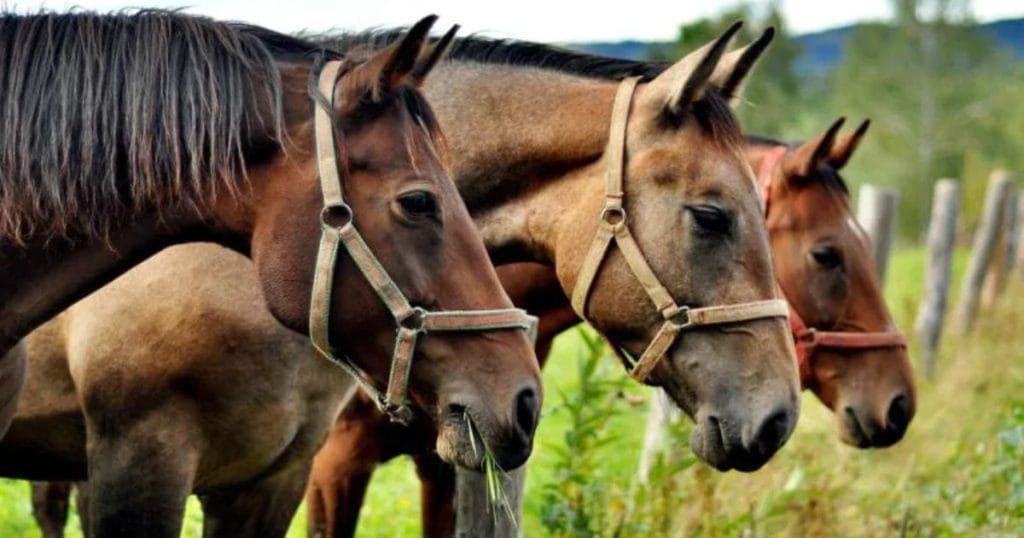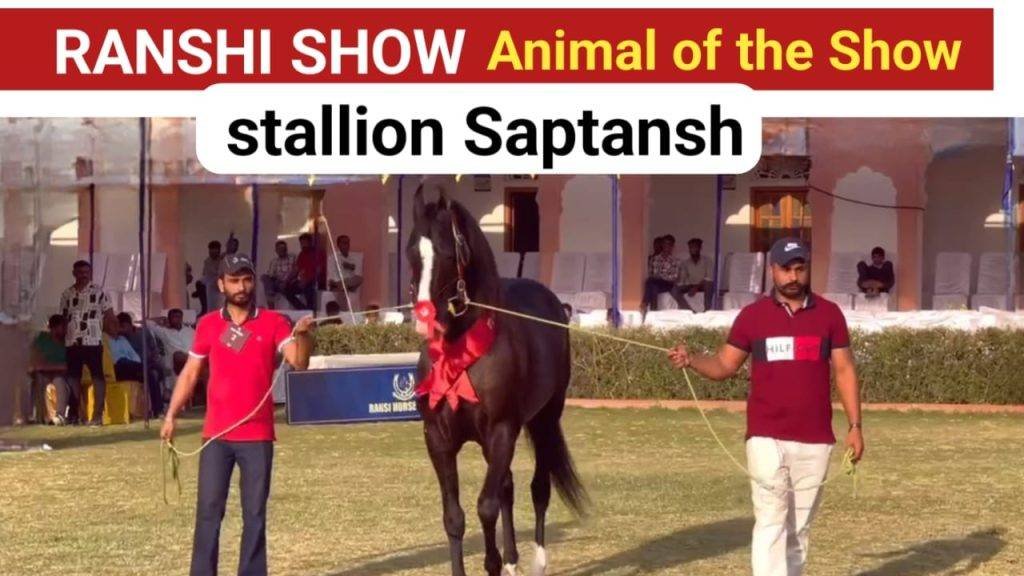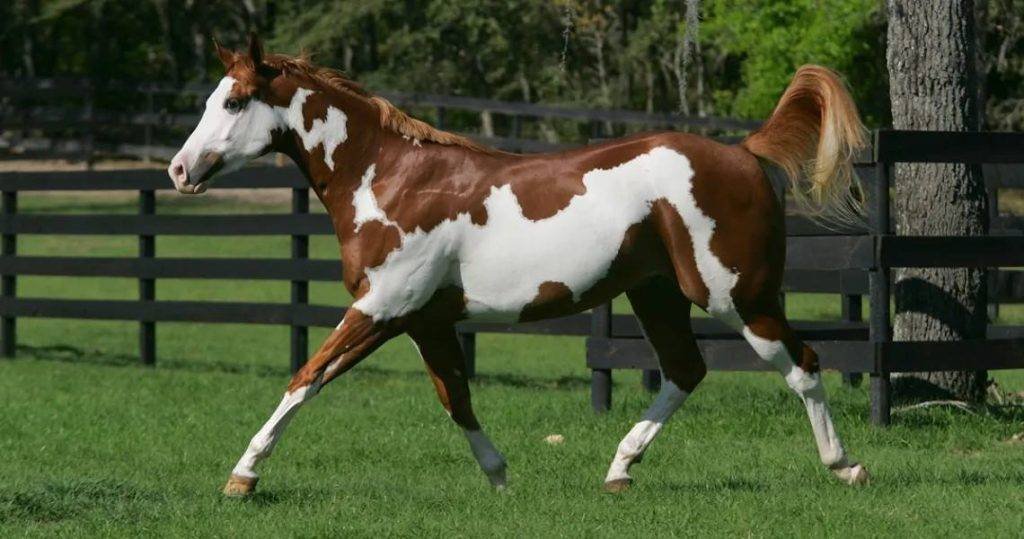India is home to a diverse range of horse breeds, each with its own unique traits and historical significance.
Among these, there are five rare and fascinating breeds that stand out due to their distinct features and roles.
Features of five rare horse breeds found in India:
| Breed | Origin | Height | Color | Characteristics | Uses |
|---|---|---|---|---|---|
| Marwari | Rajasthan | 14.1 – 16.1 hands | Usually gray, bay, chestnut | Distinctive inward-curving ears, strong and agile, known for stamina and endurance | Light draft work, riding, ceremonial |
| Kathiawari | Gujarat | 14 – 15 hands | Mostly gray, bay, chestnut | Slightly curved back, strong legs, endurance, and a calm temperament | Riding, ceremonial, light work |
| Sonepuri | Odisha | 13.2 – 15 hands | Predominantly chestnut | Compact build, excellent stamina, known for resilience in rough terrain | Riding, farm work, transport |
| Bhotia | Himalayan regions | 13 – 15 hands | Various colors | Compact, sturdy build, adapted to high altitudes, hardy and resilient | Pack horses, trekking, transport |
| Zanskari | Ladakh | 12 – 14 hands | Often brown or black | Small but robust, adapted to cold and high-altitude environments, strong and enduring | Transport, pack animals, trekking |
Marwari Horse
Originating from the arid deserts of Rajasthan, the Marwari horse is known for its remarkable endurance and striking appearance. Standing between 14.1 and 16.1 hands high, these horses come in various colors, including gray, bay, and chestnut. What sets the Marwari apart is its distinctive inward-curving ears, which not only contribute to its unique look but also are thought to enhance its hearing.
Marwari horses are renowned for their stamina and agility, making them well-suited for long-distance rides and challenging terrains. Historically, they were used by the Rajput warriors for cavalry charges due to their resilience and strength. Today, they are still valued for ceremonial purposes, riding, and light draft work. Their beauty and spirit make them a symbol of Rajasthan’s rich equestrian heritage.
Kathiawari Horse
Hailing from Gujarat, the Kathiawari horse is a slightly smaller breed compared to the Marwari, standing between 14 and 15 hands high. Like the Marwari, Kathiawari horses are predominantly gray, bay, or chestnut. They have a compact and muscular build, which contributes to their strength and stamina.
Kathiawari horses are known for their calm temperament and endurance, which makes them excellent for various purposes. They are used in ceremonial roles, riding, and light agricultural work. Their ability to adapt to different environments and their gentle nature make them a cherished breed in Gujarat.
Sonepuri Horse
The Sonepuri horse, found in the state of Odisha, is a lesser-known but resilient breed. These horses are compact and stand between 13.2 and 15 hands high. Predominantly chestnut in color, Sonepuri horses are celebrated for their endurance and adaptability to rough terrains.
Sonepuri horses are particularly suited for riding and farm work in the rugged landscapes of Odisha. They are known for their hardiness and ability to navigate difficult terrain, which makes them invaluable in their native regions. Their strength and endurance are well-regarded, contributing to their role in local agriculture and transportation.
Bhotia Horse
The Bhotia horse, indigenous to the Himalayan regions, is a small but robust breed, standing between 13 and 15 hands high. Bhotia horses come in various colors and are well-adapted to the high-altitude environments of the Himalayas.
These horses are known for their strength and resilience, making them ideal for pack work and trekking in challenging mountainous terrains. The Bhotia horse’s ability to withstand cold weather and difficult conditions makes it a reliable companion for local communities engaged in high-altitude transport and trekking. Their endurance and adaptability are essential for the regions they serve.
Zanskari Horse
The Zanskari horse is native to the Ladakh region and is one of the hardiest breeds found in India. Standing between 12 and 14 hands high, Zanskari horses are usually brown or black. They are small but incredibly robust, adapted to the cold, high-altitude environment of Ladakh.
These horses are primarily used for transport and as pack animals in the challenging terrains of Ladakh. Their endurance and strength allow them to carry heavy loads across rough and snowy landscapes. The Zanskari horse’s ability to thrive in extreme conditions makes it a vital asset for the local people, supporting their transportation and trade needs.




